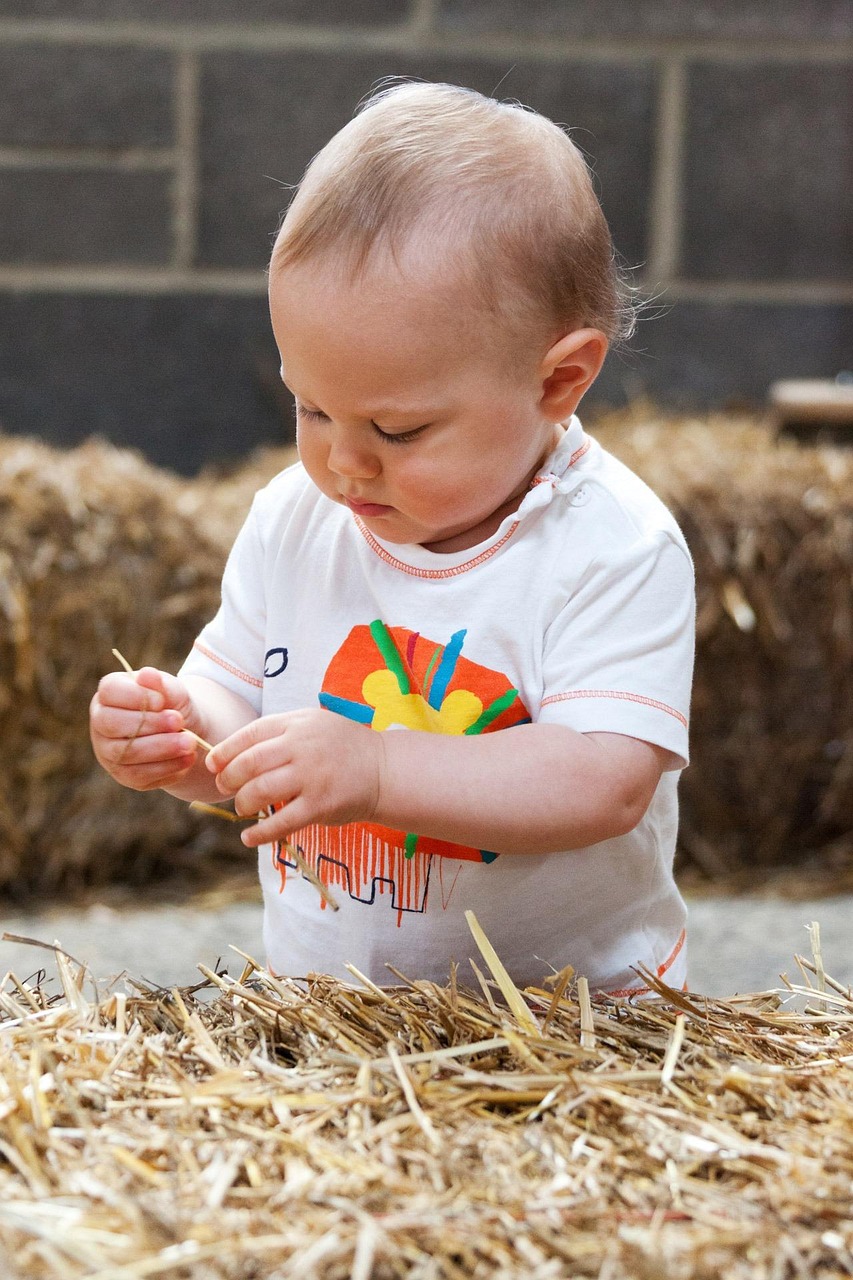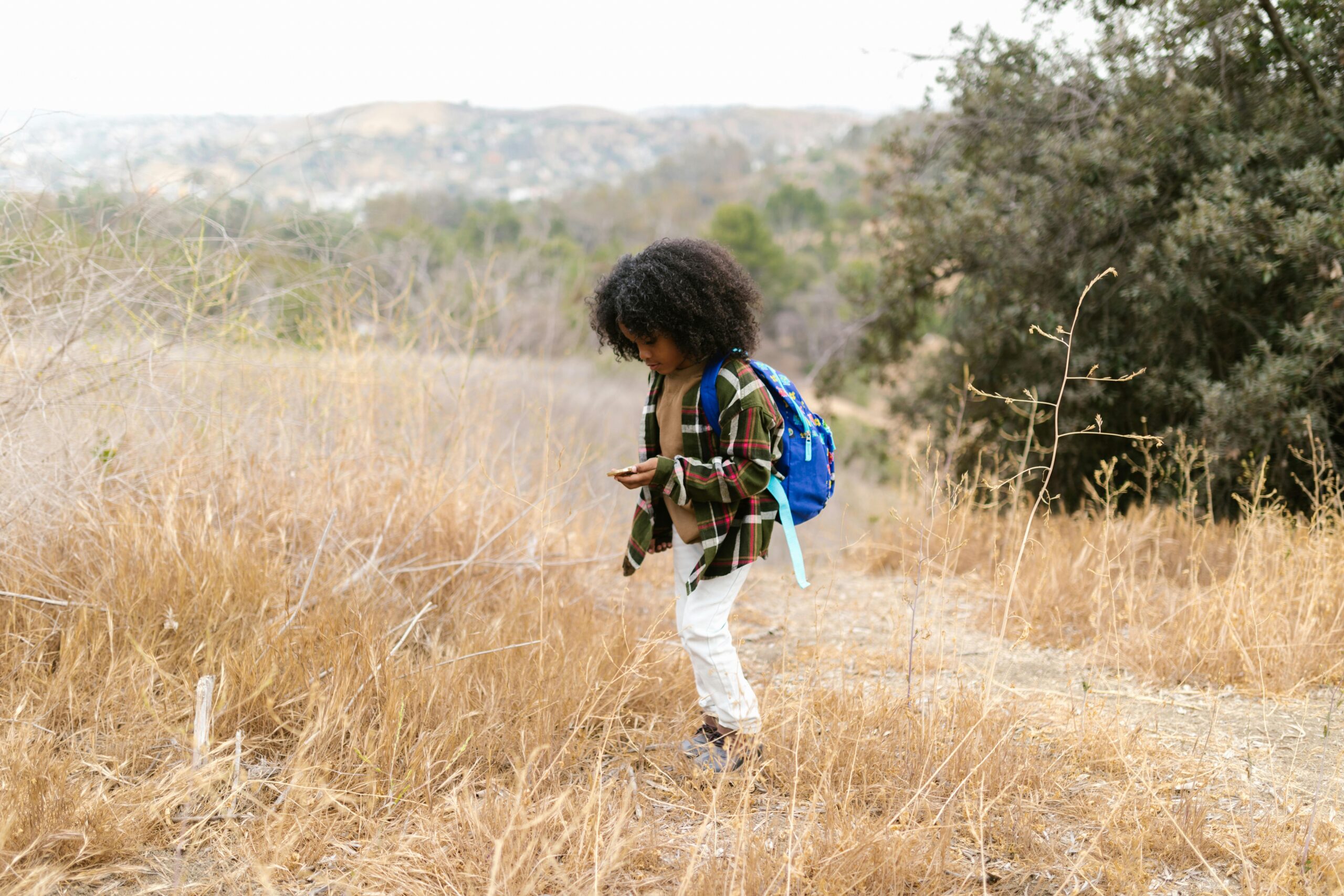Walking through city streets may feel like second nature, but stepping onto a rugged dirt trail brings a whole new level of adventure and challenge. If you’re used to strolling through parks and sidewalks but have always wanted to explore the beauty of hiking, making the transition is easier than you think!
Hiking offers physical and mental benefits far beyond what urban walking provides—stunning landscapes, fresh air, and a sense of accomplishment from conquering new terrain. Whether you’re preparing for your first short trail or working toward a more ambitious mountain hike, this guide will help you shift from pavement to peak with confidence.
1. Understanding the Key Differences Between Urban Walking and Hiking
Walking through city streets or paved paths is different from trekking through nature. Here’s what to expect when making the transition:
🏙 Urban Walking: Even, predictable surfaces with plenty of access to rest stops and amenities.
🌲 Hiking: Uneven trails, varying elevation, and natural obstacles like rocks, roots, and mud.
💡 Pro Tip: If you’re new to hiking, start with flat, well-maintained trails before tackling more challenging terrain.
2. Choosing the Right Beginner-Friendly Hiking Trail
Not all trails are created equal, and picking the right one for your first hike can make all the difference.
How to Find Beginner Trails:
🗺 Use apps like AllTrails or Hiking Project to research trails in your area.
🌿 Look for well-maintained paths with low elevation gain (less than 500 feet).
🏞 Consider state or national parks with clearly marked trails and easy access.
💡 Pro Tip: Check online reviews and trail reports to see if the conditions are suitable for beginners.
3. Building Strength & Endurance for Hiking
Hiking requires more endurance than a casual walk, especially when tackling hills or long distances. Here’s how to prepare your body:
🏋️♀️ Leg Strength: Incorporate squats, lunges, and stair climbing into your routine.
⏳ Cardio Conditioning: Walk on an incline, use a treadmill with an incline setting, or try biking to build stamina.
🎒 Weighted Walks: Wear a small backpack with a few pounds to get used to carrying hiking gear.
💡 Pro Tip: Try walking on grass, sand, or gravel to mimic trail conditions before hitting the real thing.
4. Essential Gear: What You Need for Your First Hike
Unlike city walking, hiking requires a few extra essentials to keep you comfortable and safe.
👟 Footwear: Swap your sneakers for hiking shoes or trail runners with better grip.
🎒 Backpack: Carry a small daypack with water, snacks, and safety essentials.
🧥 Clothing: Dress in light, moisture-wicking layers and bring a waterproof jacket if needed.
💡 Pro Tip: Avoid cotton clothing—it absorbs sweat and can make you cold if the weather changes.
5. Packing the 10 Essentials for Safety
Even on an easy trail, conditions can change quickly. Pack these essentials for a safe and enjoyable hike:
1️⃣ Navigation tools (map, compass, or GPS).
2️⃣ Extra water and a water filter.
3️⃣ High-energy snacks (nuts, granola bars).
4️⃣ First aid kit.
5️⃣ Multi-tool or knife.
6️⃣ Extra layers for changing weather.
7️⃣ Sun protection (hat, sunglasses, sunscreen).
8️⃣ Headlamp or flashlight.
9️⃣ Firestarter (lighter or waterproof matches).
🔟 Emergency shelter (lightweight space blanket or tarp).
💡 Pro Tip: Even for short hikes, always let someone know your plan and estimated return time.
6. Learning Trail Etiquette and Safety Tips
Hiking comes with its own set of unwritten rules to ensure safety and respect for nature.
🚶♂️ Yield to Uphill Hikers: Always step aside for those climbing uphill.
🐻 Respect Wildlife: Keep a safe distance and never feed animals.
🗑 Leave No Trace: Pack out all trash and leave nature as you found it.
💡 Pro Tip: If hiking alone, carry a whistle and personal safety alarm for added security.
7. Gradually Increasing Your Hiking Challenges
As you gain confidence on easier trails, challenge yourself by:
🔺 Tackling Steeper Elevation – Try moderate hikes with elevation gains of 1,000+ feet.
🏔 Longer Distances – Gradually extend your hikes to build endurance.
⛺ Overnight Backpacking – Once comfortable, explore multi-day hiking adventures.
💡 Pro Tip: Keep a hiking journal to track your progress and reflect on your experiences!
Conclusion: Take the First Step Toward Your Hiking Journey
Transitioning from sidewalks to summits is an exciting journey that opens up a world of adventure. With the right preparation, gear, and mindset, you’ll soon be tackling beautiful trails with confidence and enthusiasm.
🏕 Ready to hit the trail? Share your first hiking experience or ask questions in the comments below! Don’t forget to subscribe for more beginner-friendly outdoor tips.




Leave a Reply